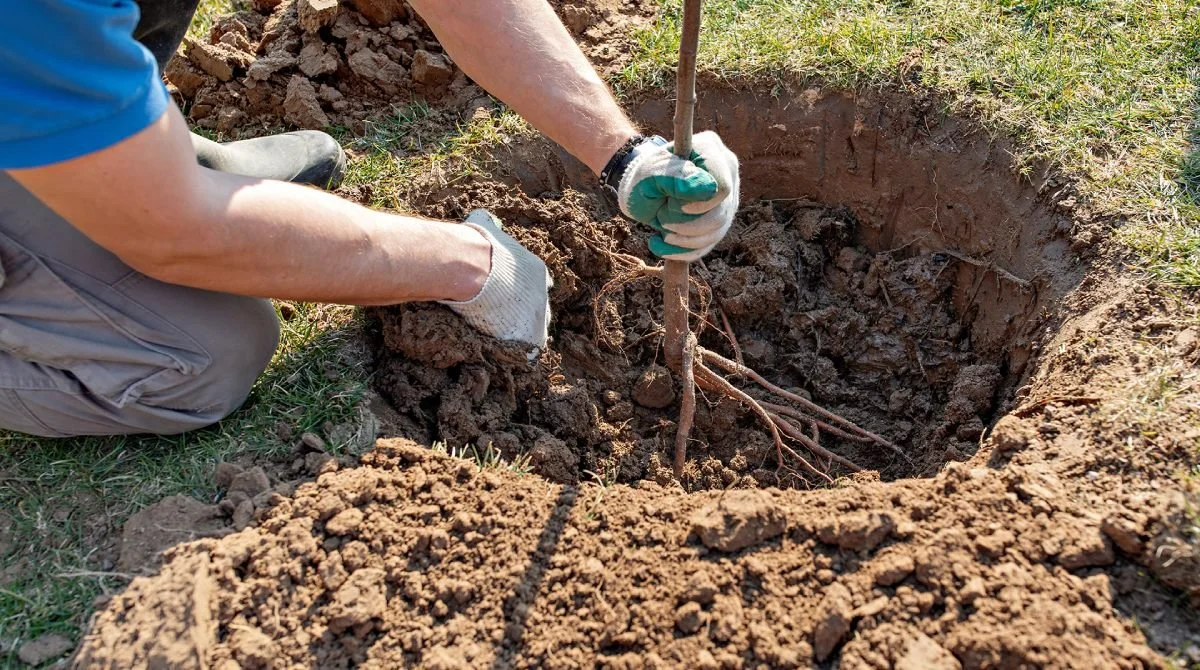As a co-owner of a native plant nursery, I am surrounded by a wonderful community of people who share a passion for native plants and natural ecosystems. This supportive network has helped me maintain a positive outlook during challenging times for our environment. Hope and optimism are powerful tools that we must nurture within ourselves and in one another.
Over time, I have developed a deep appreciation for many native plants. From the extravagant beauty of orchids to the subtle grace of grasses, each species has its own unique story to tell. These stories feature a diverse range of characters, including caterpillars munching on leaves, bees spreading pollen, wind scattering seeds, and, of course, human influence.
One way for humans to cultivate optimism is by recognizing that we have the power to improve the environment. Planting native canopy trees, which grow to over 50 feet at maturity, is a meaningful action we can all take to combat the negative effects of climate change while providing significant benefits for both humans and the environment.
Large trees, such as oak, pine, black cherry, hickory, maple, and sycamore, rise above all other trees because of their size, beauty, and stature. Their trunks and leafy branches stretch skyward, providing a vast habitat for a multitude of insect and animal species. These trees provide shade in urban areas, which can help lower cooling costs for nearby buildings. As moisture evaporates from their leaves, they absorb heat, creating a cooling effect similar to that of ten room-sized air conditioners operating for 20 hours a day (USDA Sustaining America's Urban Trees and Forests).
A single tree can absorb up to 48 pounds of carbon dioxide annually, sequestering one ton by age 40 (Department of Horticultural Science, North Carolina State University). A mature tree produces enough oxygen for two people (Mike McAliney, 1993) and generates nearly $32,000 in oxygen and $62,000 in air pollution control over 50 years (Urban Forestry Network). Trees also filter air pollutants like carbon monoxide and lead, as well as absorb stormwater runoff, reducing sediment and pollutants in streams.
Selecting the right location for a canopy tree is vital for proper growth. Avoid obstructing views or creating unwanted shade over gardens, and steer clear of planting near power lines and buried utilities. While it may be tempting to select the most mature tree available for a quick enhancement of your landscape, these larger trees are often more expensive and require heavy equipment for planting. Trees in 7-gallon pots or larger are also more susceptible to stress from transplanting and may take longer to acclimate to their new environment.
For the best results, start with a bare-root tree seedling, typically available from nurseries in winter. If that's not possible, select a 1-gallon or 3-gallon potted tree. In Tallahassee, the ideal planting time is from December to February. Planting young trees in groups also provides better protection against strong winds and hurricanes. Their intertwined roots form a stronger and more stable foundation compared to a single isolated tree. Additionally, the overlapping branches help absorb and dissipate wind force.
It's important to be mindful of our actions today and their impact on future generations. Planting a canopy tree is a significant step that directly benefits the local ecosystem, improves our physical and mental well-being, and adds beauty to our environment. Furthermore, it serves as a reminder that the natural world is a valuable treasure that we must all strive to protect.





